Syrian President Bashar al-Assad might have decided to cement his friendship with Tehran, fearing that Moscow’s capacity to invest in Syria’s reconstruction would be negatively affected. Assad may also try to play Iran against its Gulf rivals to draw resources from both.
Syrian President Bashar al-Assad visited his close ally Iran on May 8 for talks with supreme leader Ayatollah Ali Khamenei and President Ebrahim Raisi.
Iran’s Read of the Talks
According to Nournews, an outlet affiliated with Iran’s Supreme National Security Council, during the meeting, Khamenei praised Syria for its victory in the country’s civil war and expressed willingness to increase and deepen bilateral cooperation.
Khamenei also voiced his criticism towards Arab countries in the region that normalized ties with Israel or had high-level meetings with its officials, adding that this does not reflect the pro-Palestinian, anti-Zionist position of their own people. Raisi said that “threats by the Zionist regime in the region must also be considered through strengthening and diversifying deterrence equations.”
For his part, Assad was quoted by the supreme leader’s website as telling Khamenei and Raisi that Iran’s stances on regional issues, especially Palestine, during the past four decades have shown that “Iran’s path is a correct path.” Assad also said that while some believe Iran supplies the so-called “axis of resistance” across the region with weapons, its most crucial backing supports the “spirit of resistance.”
Assad added that “strategic” ties between Iran and Syria and the two countries’ resistance had become the main factor preventing Israel’s dominance over the region.
Context of the Visit
Assad’s visit to Iran came as he re-affirmed and consolidated his position after more than a decade of civil war. Parts of Syrian territory indeed remain outside Assad’s control. The northeast is controlled by Kurdish forces of the Democratic Union Party (PYD), with its People’s Protection Units (YPG) and Women’s Protection Unit (YPJ), under the aegis of the US-backed Syrian Democratic Forces (SDF).
Northwest Syria is mainly controlled by Salafi-jihadist armed group Hayat Tahrir al-Sham (HTS) and by the Turkish-backed Syrian Interim Government (SIG). Still, Assad’s power center is concentrated in the west of the country around Damascus to Aleppo and the Mediterranean coast, or what the French call “La Syrie utile.”
During the war, Teheran provided constant and crucial support to Assad’s military forces –directly through the Islamic Revolutionary Guard Corps (IRGC) and indirectly through armed Shi’ite proxies such as the Lebanese Hezbollah, the Afghan Liwa Fatemiyoun, and the Pakistani Liwa Zainebiyoun.
Remarkably, this is only the Syrian president’s second trip to Tehran since the start of Syria’s civil war in 2011 (the first was in February 2019). Before this meeting with Khamenei, Assad visited the United Arab Emirates (UAE). This visit testified to the region’s readiness to normalize relations with Assad and interest in taking part in the reconstruction effort. The UAE is willing to pursue such reconciliation to reduce Syria’s dependency on Iran.
The visit also came at a delicate moment in which Assad’s other major foreign supporter, Russia, is focusing most (if not all) of its attention on the war in Ukraine, re-directing Moscow’s resources from the Levant to Eastern Europe. Assad might have felt the need to confirm its friendship with Teheran, while the IRGC may seek to use this opportunity to fill the void left by an occupied Russia.
In addition, the war in Ukraine is costing Russia dearly in terms of sanctions. Assad might have decided to cement his friendship with Tehran, fearing that Moscow’s capacity to invest in Syria’s reconstruction – which was meager, to begin with – would be negatively affected. Assad may also try to play Iran against its Gulf rivals to draw resources from both.
Significance for Israel
The meeting solidified the Shi’ite Syrian-Iranian axis. The other members of this axis are Hezbollah, multiple Shi’ite militias in Iraq, and the Houthis/Ansar Allah in Yemen.
For Israel, the close ties between Assad and Khamenei are a continued source of concern. The two countries regard Israel as their main enemy in the region. For obvious reasons, Assad – who did negotiate with Israel, through intermediaries, until 2011 – never dissented from Iran’s repeated calls for the demise of the Jewish state from the map.
However, what is most concerning for Israel in the context of this Syrian-Iranian friendship is the freedom of movement that Damascus has granted in recent years to Iran and Hezbollah, especially in the south-western areas that are closest to Israel’s border.
At the same time, Iran has been using Syrian territory as a transit route to deliver advanced weapons and military equipment to Hezbollah. The security concern for Israel is even more acute by Iran’s recent expansion – both quantitatively and qualitatively – of its fleet of Unmanned Air Vehicles (UAVs).
Facing this security threat, the continuation of what has been hitherto Israel’s approach to the war in Syria seems to be the most desirable course of action. For the last eight years, Israel has been engaged in a “campaign between wars,” whereby it engaged in targeted airstrikes against Iranian and Iranian-linked positions in Syria to degrade Tehran’s capacity and that of its allies to entrench itself in the country.
Israel’s campaign has not ended the Iranian project in Syria but has weakened it. However, the Assad-Khamenei meeting serves as a reminder that Iran’s presence and influence in Syria will only consolidate as Tehran participates in the post-war reconstruction effort, which involves many diverse fields such as electricity, infrastructure, religious centers, and schools.
Therefore, while Israel’s campaign has proved successful over the past eight years, Israel must also be aware of its limits in countering the multi-dimensional Iranian presence in Syria.
JISS Policy Papers are published through the generosity of the Greg Rosshandler Family.
PHOTO: IMAGO-IMAGES / Iranian Supreme Leader’s Office

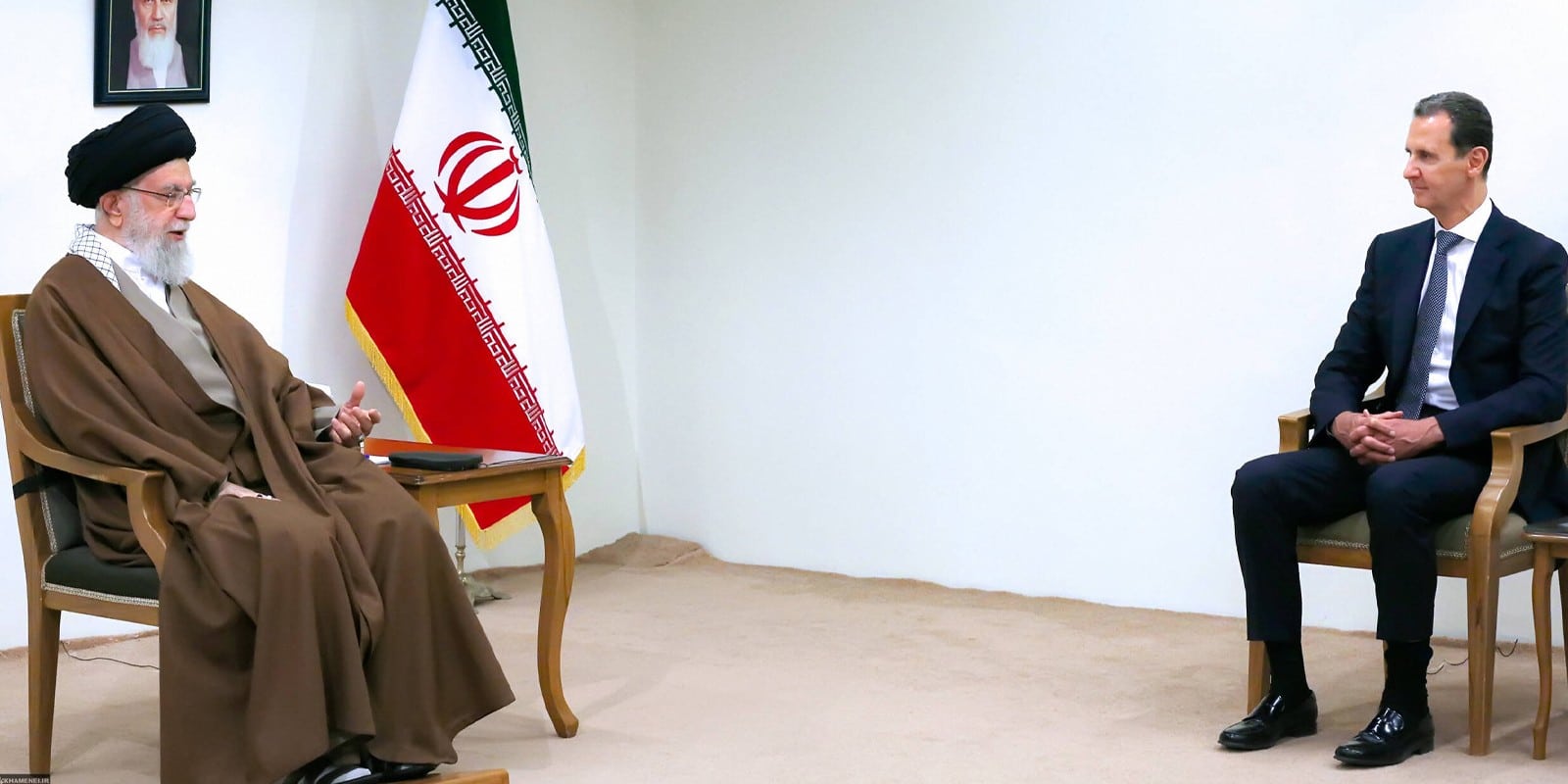

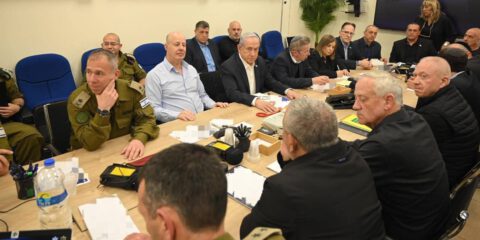

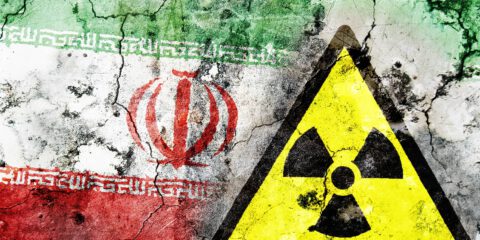
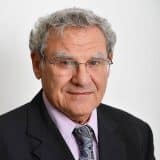
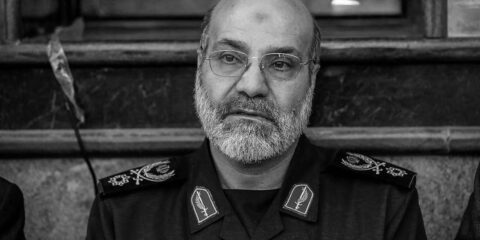
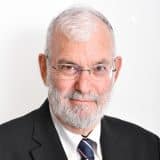
 - בניית אתרים
- בניית אתרים